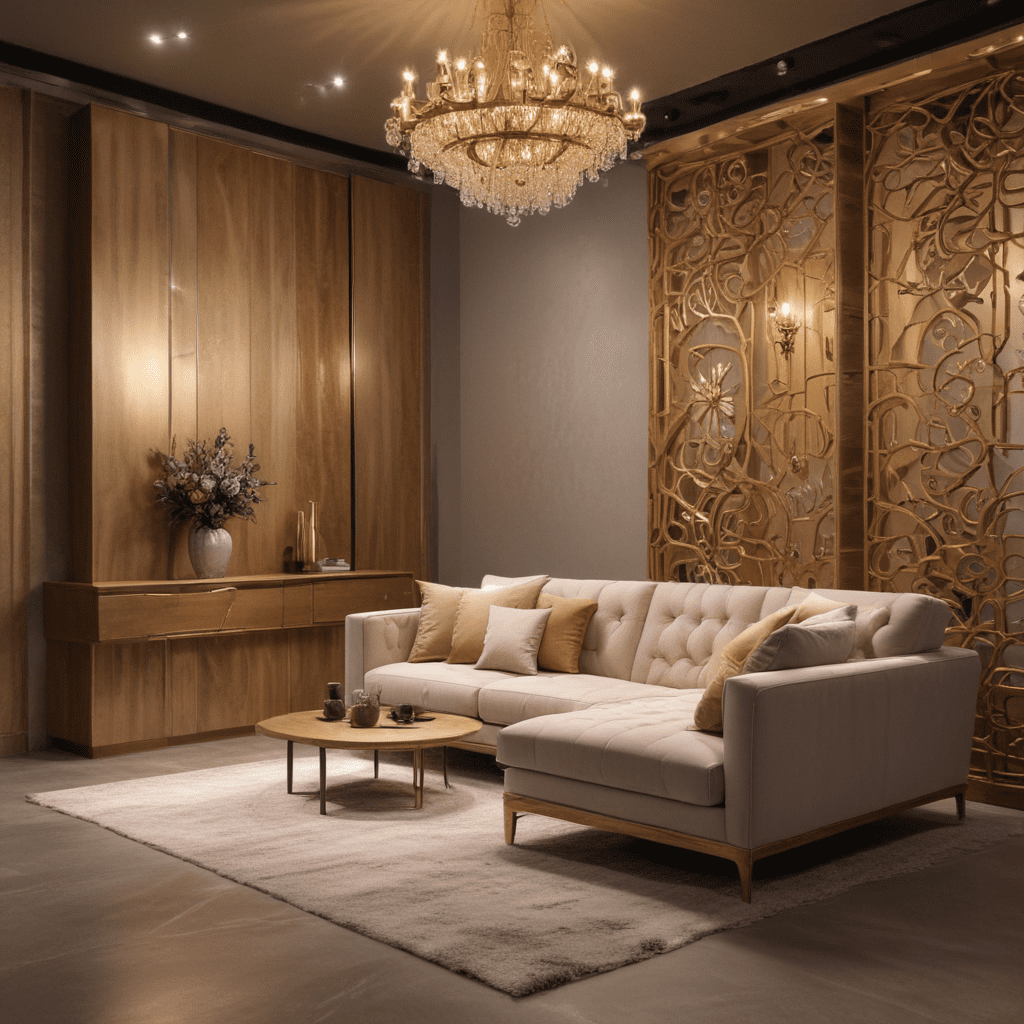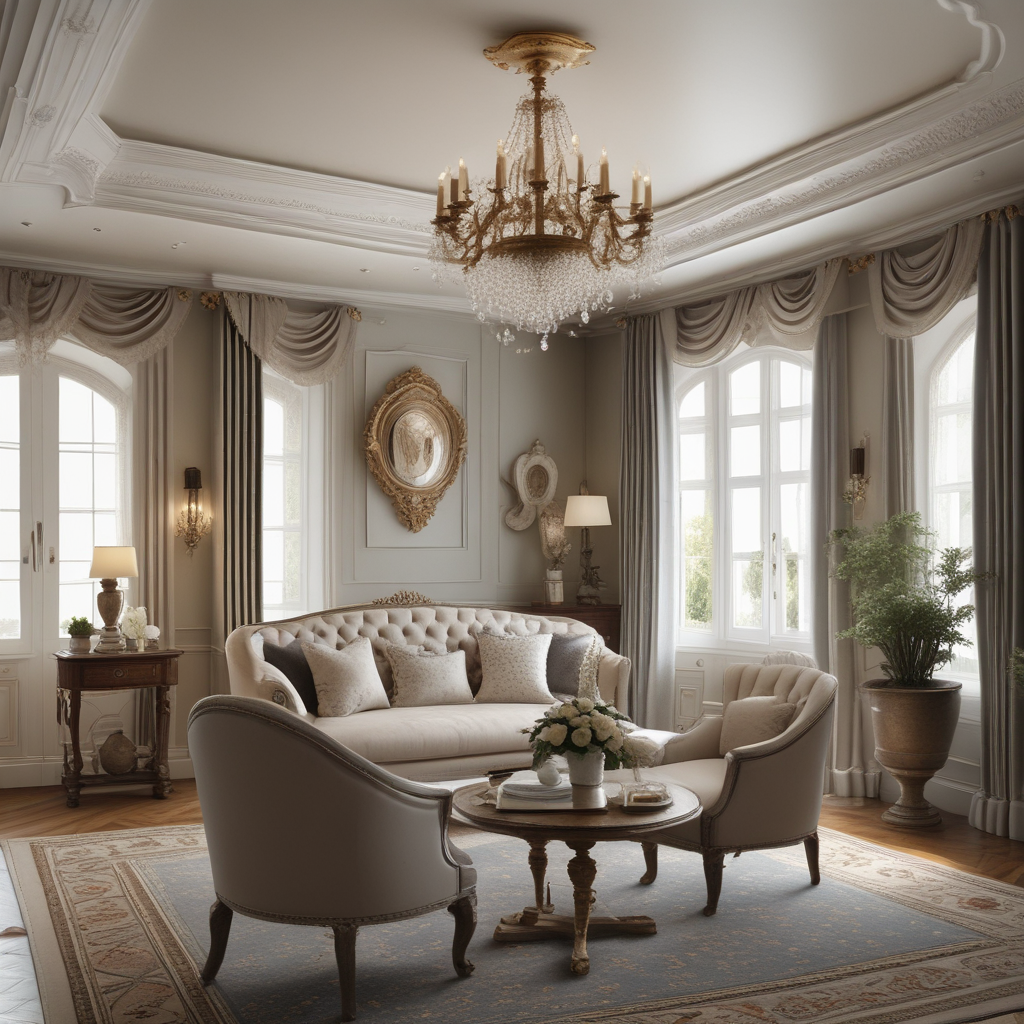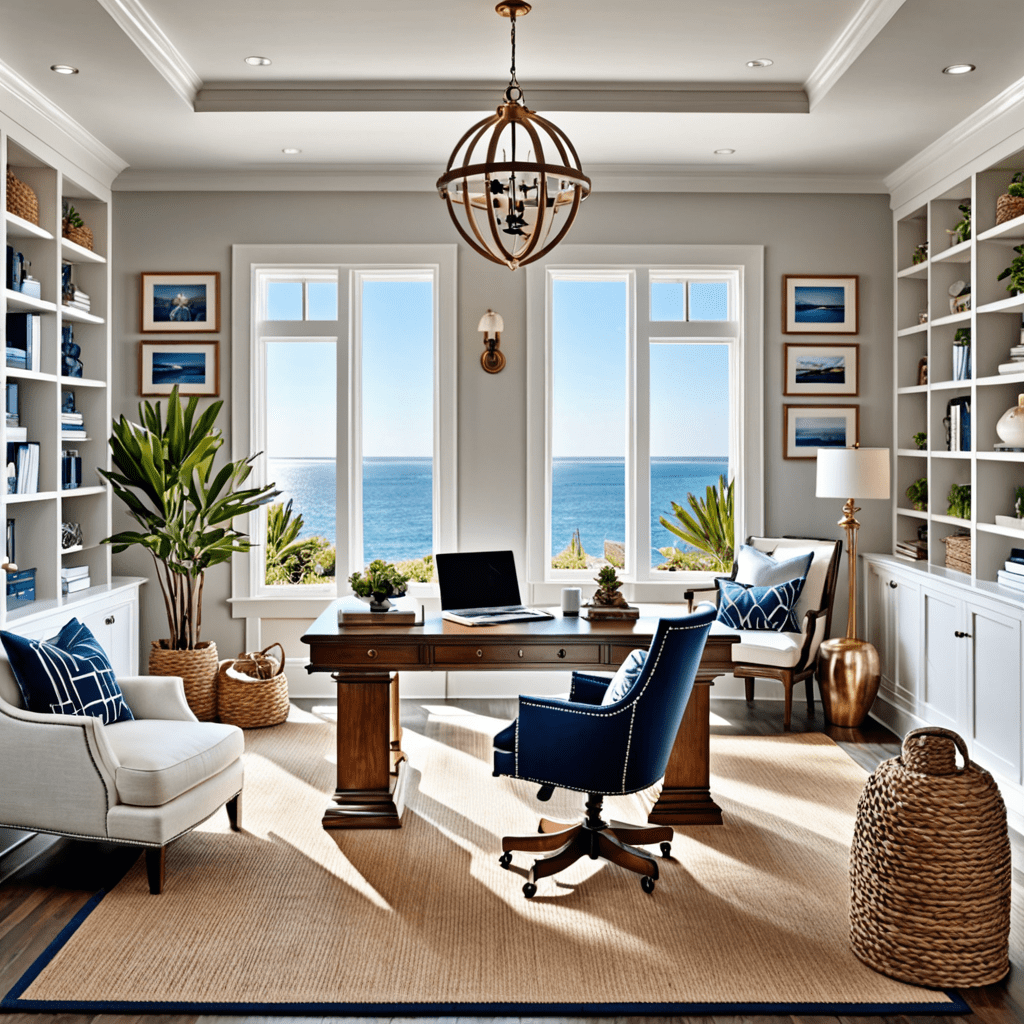Versatility Redefined: Multifunctional Furniture Innovations


Versatility Redefined: Multifunctional Furniture Innovations
As urban living becomes increasingly prevalent, the demand for space-saving solutions has skyrocketed. Enter multifunctional furniture, a revolutionary trend that redefines the way we interact with our living spaces. These innovative designs cater to the modern lifestyle, offering a myriad of functionalities within a single piece.
The Changing Landscape of Living Spaces
The rise of multifunctional furniture directly reflects the changing landscape of modern living. Smaller apartments and shrinking spaces necessitate furniture that adapts to diverse needs and activities. This shift towards minimalism and multifunctionality empowers individuals to maximize their living space without compromising on style or comfort.
Transforming Furniture: Beyond Form and Function
Gone are the days of single-purpose furniture. Today, innovative designs offer a plethora of functionalities, seamlessly transforming from sofas to beds, coffee tables to storage units, and desks to dining tables. These ingenious creations include convertible sofas that effortlessly convert into comfortable beds, coffee tables with hidden compartments for storing books and magazines, and modular shelving systems that adapt to various configurations.
Design Principles for Multifunctional Furniture
When designing multifunctional furniture, prioritizing flexibility and adaptability is paramount. The design must seamlessly integrate multiple functionalities without compromising on aesthetics or user-friendliness. Striking a balance between form and function is crucial, ensuring that the furniture remains both attractive and practical.
Materials and Manufacturing Advancements
The use of sustainable materials and eco-conscious production methods is essential in modern furniture design. Technological advancements have revolutionized the industry, with 3D printing and customization playing a significant role in creating bespoke solutions that cater to individual needs and preferences.
6. Benefits of Multifunctional Furniture
Maximizing Space Utilization
Multifunctional furniture excels at maximizing space utilization, a critical factor in compact living spaces. By combining multiple functionalities into a single piece, these innovative designs eliminate the need for extraneous furniture, creating a sense of openness and spaciousness. Decluttering the living environment also contributes to a more serene and organized atmosphere.
Diverse Needs and Activities
Multifunctional furniture caters to a wide range of needs and activities within limited space. A convertible sofa can serve as a comfortable seating area during the day and transform into a cozy bed for nighttime, eliminating the need for a separate bedroom. Similarly, a coffee table with hidden storage can double as a workspace, providing a designated area for work or hobbies without requiring an additional desk.
Enhanced Functionality and Aesthetics
Beyond maximizing space, multifunctional furniture enhances the overall functionality and aesthetics of living spaces. By integrating multiple features seamlessly, these designs offer a practical and stylish solution, eliminating the need for cluttered and uncoordinated furniture pieces. The minimalist approach not only creates a visually appealing environment but also promotes a sense of calm and organization.
7. Challenges and Considerations
Balancing Functionality and Aesthetics
One of the key challenges in designing multifunctional furniture is striking a balance between functionality and aesthetics. While prioritizing practicality is essential, neglecting aesthetic appeal can result in a stark and uninviting living space. Designers must carefully consider the visual impact of each feature, ensuring that the furniture remains both functional and stylish.
Durability and Longevity
Durability and longevity are crucial considerations for multifunctional furniture, given the complex mechanisms and transformations involved. Robust materials and construction techniques are essential to ensure that the furniture can withstand frequent use and maintain its functionality over time. Regular maintenance and proper care can extend the lifespan of these versatile pieces.
Safety Concerns
With intricate mechanisms and moving parts, multifunctional furniture can potentially pose safety concerns. Designers must prioritize safety by incorporating features that prevent accidental injuries, such as childproof locks and secure locking mechanisms. It is crucial to provide clear instructions and guidelines for safe operation to ensure user safety and prevent potential hazards.
8. Future Trends in Multifunctional Furniture
Smart Furniture Integration
The future of multifunctional furniture lies in integrating smart technology and connectivity. Smart furniture can adapt to changing needs and preferences, offering personalized experiences and enhanced functionality. Imagine a sofa that adjusts its firmness based on user preferences or a coffee table that transforms into a charging station for electronic devices.
Biometric Sensors and Personalization
Biometric sensors will play a significant role in personalizing user experiences with multifunctional furniture. Sensors can monitor user preferences, such as temperature, lighting, and seating positions, and adjust the furniture accordingly. This level of personalization will create a truly customized and comfortable living environment.
Adaptable Designs
Adaptable designs that respond to changing needs and environments will be at the forefront of future multifunctional furniture. Imagine furniture that reconfigures itself based on the time of day or the activity being performed. Such adaptability will maximize space utilization and enhance comfort while catering to the dynamic nature of modern living.
9. Case Studies: Multifunctional Furniture in Action
Case Study 1: The Murphy Bed in a Studio Apartment
In a compact studio apartment, a Murphy bed serves as both a comfortable sleeping space and a living area. During the day, the bed folds neatly into the wall, revealing a spacious living room with ample room for socializing and relaxation. At night, the bed effortlessly descends, transforming the space into a cozy bedroom. This ingenious solution maximizes space utilization and provides a seamless transition between day and night activities.
Case Study 2: The Convertible Coffee Table in a Home Office
A convertible coffee table in a home office doubles as a functional workspace. The table's hidden compartments provide ample storage for office supplies, while the tabletop can be raised to create a standing desk, promoting better posture and increased productivity. This multi-purpose design eliminates the need for a separate desk, decluttering the workspace and creating a more efficient environment.
Case Study 3: The Modular Shelving System in a Family Room
A modular shelving system in a family room adapts to various needs and activities. The individual modules can be arranged in different configurations to create a bookshelf, a display area for artwork or family photos, or even a room divider. This versatile system provides ample storage, promotes organization, and caters to the diverse needs of a family, from reading and relaxation to entertainment and socializing.





